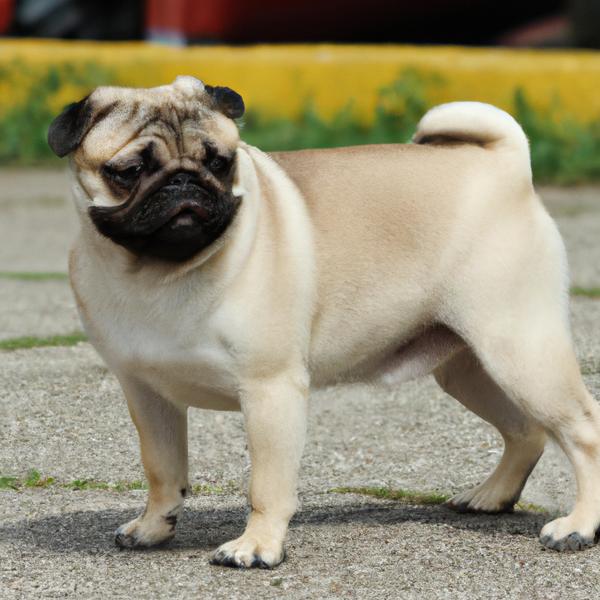Pugland vs. Great Pyredane: Breed Differences and Similarities
Hypoallergenic
Are Puglands or Great Pyredanes hypoallergenic, or neither?
Unfortunately, neither Pugland nor Great Pyredane are hypoallergenic, which may not make them the best choice for dog lovers who suffer from pet allergies.
Temperament
What are the personalities of Pugland and Great Pyredane dogs?
Playful
Independent
Alert
Courageous
Intelligent
Friendly
Affectionate
Loyal
Gentle
Going
Cheerful
Loving
Intelligent
Confident
Friendly
Affectionate
Patient
Devoted
Gentle
Strong
Willed
Fearless
Reserved
Shedding Level
Do Puglands shed more than Great Pyredanes, or which breed sheds more, Puglands or Great Pyredanes?
Puglands are moderate shedders, but regular brushing can reduce shedding and maintain coat health.
Great Pyredanes are heavy shedders, but regular brushing can help manage shedding and promote a healthy coat.
Watchdog Ability
Which dog breed makes a better watchdog, the Pugland or Great Pyredane?
Avoid Puglands as watchdogs - they're not effective.
Great Pyredanes are decent watchdogs - they'll alert their owner if something seems amiss.
Ancestry
What are the origins of Pugland and Great Pyredane breeds?
Pug and Westie
Great Dane, Great Pyrenees
Breed recognition
Which kennel clubs recognize/register Pugland and Great Pyredane?
ACHC = American Canine Hybrid Club
DBR = Designer Breed Registry
DDKC = Designer Dogs Kennel Club
DRA = Dog Registry of America, Inc.
IDCR = International Designer Canine Registry®
ACHC = American Canine Hybrid Club
DBR = Designer Breed Registry
DDKC = Designer Dogs Kennel Club
DRA = Dog Registry of America, Inc.
IDCR = International Designer Canine Registry®
Date of Birth
When were Pugland and Great Pyredane breeds first developed?
2000s
Unknown
Eye Color Possibilites
What are the eye colors of Pugland and Great Pyredane dogs?
Brown
Blue
Brown
Nose Color Possibilites
What are the natural nose colors of Pugland and Great Pyredane?
Black
Black
Coat Color Possibilites
What are the natural colors of the coat for Pugland and Great Pyredane breeds?
Black
Brown
Fawn
White
Black
White
Blue
Brindle
Fawn
Coat Length
What is the typical coat length for Pugland and Great Pyredane breeds?
Puglands have longer coats compared to most dogs.
Great Pyredanes have medium-length coats.
Coat Density
What is the density of the coat of Pugland and Great Pyredane?
Coat Texture
What is the hair texture of Pugland and Great Pyredane?
Straight
Litter Size
What is the usual litter size for Pugland and Great Pyredane?
A Pugland can have a litter of 2-5 puppies on average. However, it's worth noting that the size of the litters can vary greatly. Factors that can influence litter size include the health of the mother, breeding history, and genetics.
A Great Pyredane can have a litter of 10-15 puppies on average. However, it's worth noting that the size of the litters can vary greatly. Factors that can influence litter size include the health of the mother, breeding history, and genetics.
Adaptability
Puglands are highly adaptable and versatile, making them excellent companions for families and individuals of all lifestyles.
Great Pyredanes are known for their adaptability and can adjust well to different environments and lifestyle changes.
Health Issues
Between Pugland and Great Pyredane, which breed is more prone to health problems?
The Pugland breed is generally very healthy, requiring minimal vet visits. Still, it's important to keep an eye on their health and seek veterinary care when needed.
Great Pyredanes typically have low vet costs due to their good health, but it's important to monitor their health and seek vet care when necessary.
Major Concerns
What are the major health concerns for Pugland and Great Pyredane breeds?
Addison's Disease
Brachycephalic Syndrome
Craniomandibular Osteopathy (Lion Jaw)
Hip Dysplasia
Bloat
Heart Diseases and Disorders
Minor Concerns
What minor health issues should be kept in mind when owning Pugland and Great Pyredane?
Entropion
Skin-Fold Dermatitis
Glaucoma
Seborrhea
Keratoconjunctivitis Sicca (Dry Eye)
Osteosarcoma
Osteochondritis Dissecans
Wobbler's Syndrome
Occasional Tests
What occasional tests are recommended for Pugland and Great Pyredane breeds?
Eye Examination
Skin Evaluation
Internal Imaging (x-ray, CT scan, MRI, etc.)
Blood And Urine Analysis
DNA
Physical Examination
X-ray imaging
Electrocardiogram
Neurological Testing
Energy
How do the energy levels of Puglands and Great Pyredanes compare?
Pugland and Great Pyredane breeds may be a good choice for those who prefer a more relaxed lifestyle. They tend to have a lower energy level than other breeds of dogs.
Social Needs
Pugland vs Great Pyredane social needs comparison
Pugland has very high social needs and requires regular mental and physical stimulation, a job or purpose, and companionship.
Great Pyredane has above average social needs and thrives with interaction with humans and other dogs.
Exercise Needed
Pugland vs Great Pyredane exercise need comparison.
The Pugland and Great Pyredane breeds need significant physical activity to maintain a healthy lifestyle. They are well-suited for those who lead an active lifestyle and enjoy activities such as running, hiking, or other outdoor pursuits.
Sleeping Need
Which of the two sleeps the most/least: Pugland or Great Pyredane?
Puglands have moderate energy levels and typical sleep patterns of 12-14 hours per day.
Great Pyredanes are active and require sufficient sleep to stay healthy.
Tendency to Bark
Do Puglands or Great Pyredanes bark more/less frequently?
The Pugland is a vocal breed that frequently barks and howls, and may not be suitable for those seeking a quiet companion.
Great Pyredanes bark moderately when necessary and may also bark due to certain triggers like fear, alarm, boredom, greeting, separation anxiety and compulsive barking.
Mouthiness
Mouthiness Comparison: Pugland vs Great Pyredane?
Roaming urge
Pugland vs Labrador: Running away tendency?
Prey Drive
Pugland or Great Pyredane - which breed has a higher level of prey drive?
Past times
What are some enjoyable activities and ways to keep Pugland and Great Pyredane entertained?
Camp, Hike, Kayaking
Walk, Run, Nap, Walking, Fetch, Cuddles, Running, Swimming, Playing chase, Hugs, Walks, Naps, Watching tv, Trips, Petting, Brushing, Play, Bedtime, Tag, Tug-of-war, Chewing on toys, Ball toss, Catch treats, Chasing balls
Activity Level
Which breed has higher energy, Puglands or Great Pyredanes?
Both Pugland and Great Pyredane are medium-energy dogs that enjoy socializing and playing with other dogs. They may engage in casual or sustained games of chase, and occasionally have bursts of barking or racing around the house.
Tolerance of being left alone
Walks per Week
How many miles should Pugland or Great Pyredane walk each week?
There's really no limit to how far you walk your dog as long as they're comfortable. For Pugland, it's at least 6 miles / week. Just remember to build distance and stamina gradually over time.
There's really no limit to how far you walk your dog as long as they're comfortable. For Great Pyredane, it's at least 9 miles / week. Just remember to build distance and stamina gradually over time.
Activity per Day
Do Puglands or Great Pyredanes require more exercise?
In general most Puglands usually need at least 45 minutes of exercise daily. This can be spread across the day and include all sorts of high-energy activities, like walking, running and playing.
In general most Great Pyredanes usually need at least 60 minutes of exercise daily. This can be spread across the day and include all sorts of high-energy activities, like walking, running and playing.
Grooming
Which breed is easier to maintain in terms of grooming, Puglands or Great Pyredanes?
The Pugland requires an average amount of grooming compared to other breeds.
The Great Pyredane has low grooming needs and is easy to maintain.
Brushing Frequency
What is the recommended brushing frequency for Pugland and Great Pyredane dogs?
Ideally, Pugland should be brushed at least 2 or 3 times a week (preferably daily) improve shedding.
Great Pyredane should be brushed at least once a week. Of course you can give them more frequent brushes if you find that they are still shedding a lot
Brushing Tools
What brushing tools are used for Puglands and Great Pyredanes?
Pin Brush
Comb
Nail Clipper
Pin Brush
Comb
Nail Clipper
Cups
How much food should be given to Pugland or Great Pyredane in cups?
For an average 15-20 pound (7 - 9 kg) Pugland feed 1.5 cups daily. But, keep in mind, the amount you feed is going to be dependent on the quality of the food you are feeding.
For an average 95-120 pound (43 - 54 kg) Great Pyredane feed 4 cups daily. But, keep in mind, the amount you feed is going to be dependent on the quality of the food you are feeding.
Daily Cost
Which breed has a higher daily cost, Pugland or Great Pyredane?
The average cost of a Pugland is somewhere $1.70 - $2.20 per day.
The average cost of a Great Pyredane is somewhere $3.90 - $4.20 per day.
Monthly Cost
Which breed has a higher monthly cost, Pugland or Great Pyredane?
The average per month expenses of a Pugland is between $34 - $67. This makes an average of $408 - $804 per year. It will be on the higher side when the dog is still small because it will need more frequent visits to the vet, shots.
The average per month expenses of a Great Pyredane is between $112 - $126. This makes an average of $1344 - $1512 per year. It will be on the higher side when the dog is still small because it will need more frequent visits to the vet, shots.
Intelligence
Comparing Intelligence: Puglands vs Great Pyredanes
Pugland and Great Pyredane have below-average obedience intelligence compared to other breeds. However, calling them "dumb dogs" is unjust. While Pugland and Great Pyredane lack obedience and working intelligence, they compensate for it with their remarkable ability to comprehend human emotions.
Sensitivity Level
How do Pugland and Great Pyredane compare in sensitivity?
This breed is sensitive and requires gentle handling and a calm home environment.
This breed is sensitive to its environment and best suited for patient and understanding families with a consistent routine.
Affection Dependance
Which is the more affectionate dog breed: Pugland vs Great Pyredane?
Apartment Friendly
Which breed is more apartment-friendly: Pugland or Great Pyredane?
Pugland and Great Pyredane are apartment-friendly dog breeds. They can do perfectly well in apartments providing they are sufficiently exercised and taken out and about as part of their owner's daily lifestyle.
Child Friendly
Do Puglands or Great Pyredanes have a friendlier temperament towards children?
Pugland and Great Pyredane are kid-friendly dogs. They are good with children and excellent dogs with children if they are socialized and trained at a young age.
Senior-friendly
Which dog is more suitable as a pet for the elderly - Pugland or Great Pyredane?
Cat Friendly
Do Pugland or Great Pyredane breeds have a better compatibility with cats?
Puglands and Great Pyredanes are one of the best dogs for cats. They accept cats readily as part of the family. However, this dog breed should be trained to not chase after the kitty early on
Dog Friendly
Which breed is more sociable with other dogs: Pugland or Great Pyredane?
Puglands are generally very friendly towards other dogs, with a happy and affectionate temperament.
Great Pyredanes are average in their friendliness towards other dogs, and socialization can help.
Pet friendly
How do Pugland or Great Pyredane dogs interact with other pets?
Stranger Friendly
Which breed is more friendly with strangers: Pugland or Great Pyredane?
Puglands are highly friendly around strangers.
Great Pyredanes are averagely friendly around strangers but benefit from early socialisation.
Playfulness
Which breed is more playful between Pugland and Great Pyredane?
Puglands are a playful breed that needs daily playtime to be happy.
Great Pyredanes are not known for being a highly playful breed.
Trainability
How do the trainability levels of Puglands and Great Pyredanes compare?
Puglands are usually easy to train but require consistency to fully obey commands.
Great Pyredanes are popular for their ease of training and quick learning ability.
Compare Pugland with other breeds
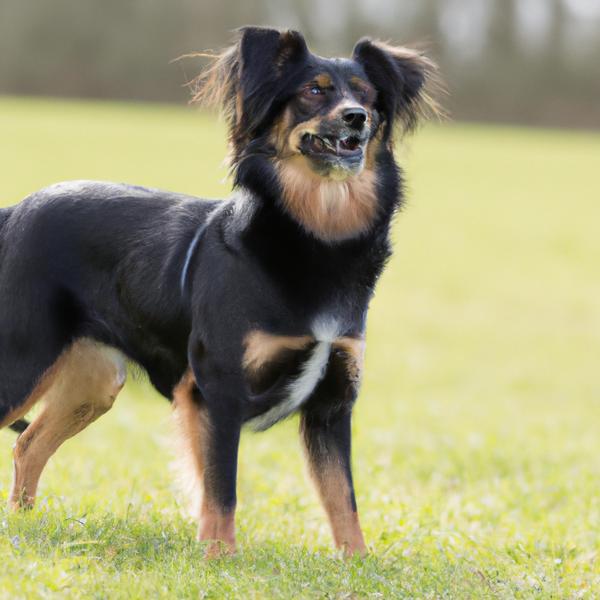
Schipese
Pugland vs Schipese
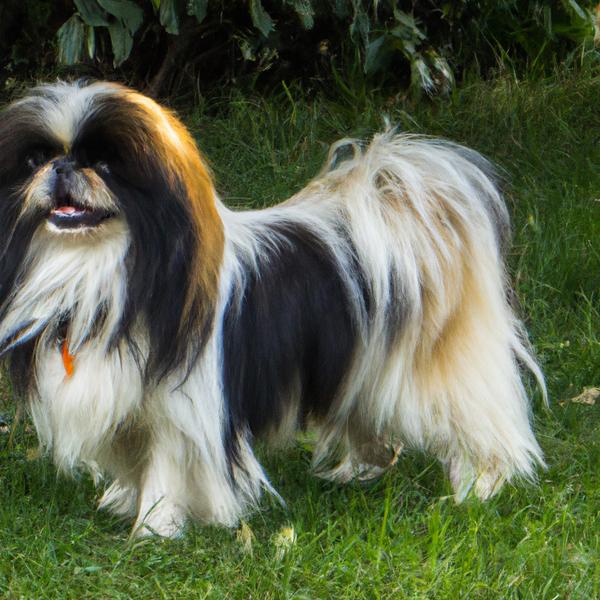
Tibetan Chin
Pugland vs Tibetan Chin

Sheprador
Pugland vs Sheprador
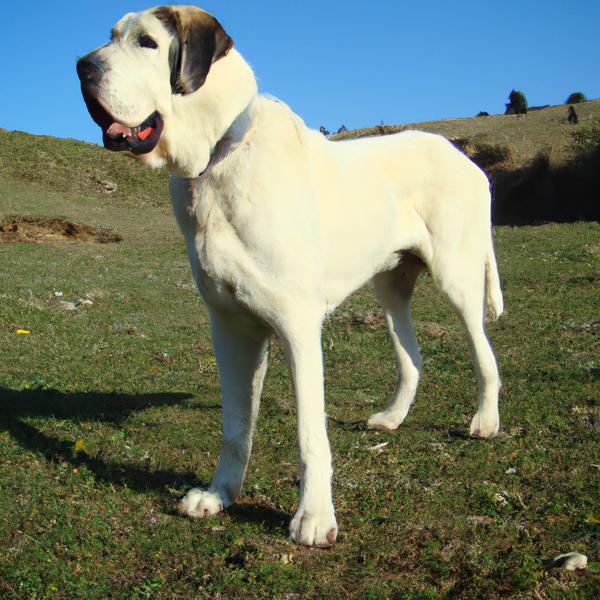
Great Pyredane
Pugland vs Great Pyredane
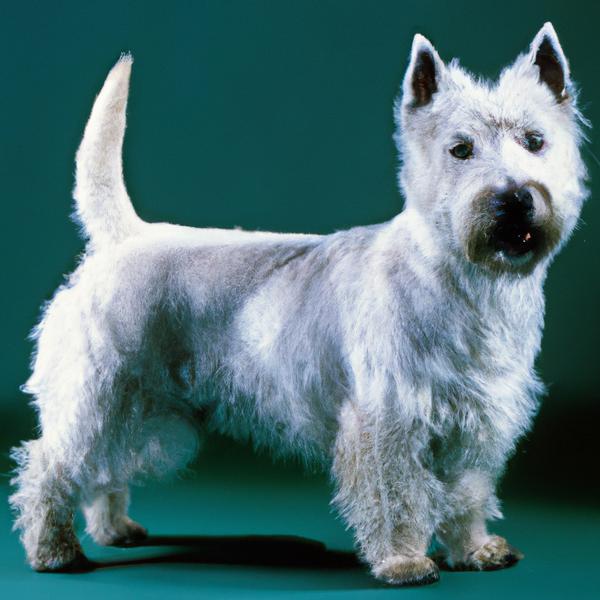
West of Argyll Terrier
Pugland vs West of Argyll Terrier
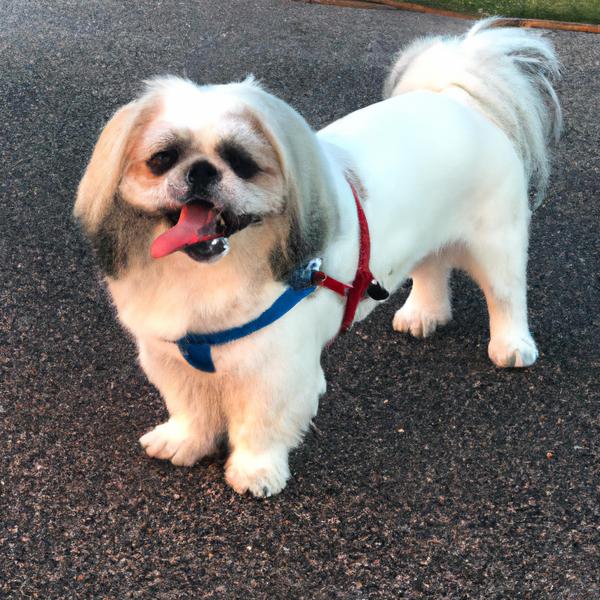
Silkytie
Pugland vs Silkytie
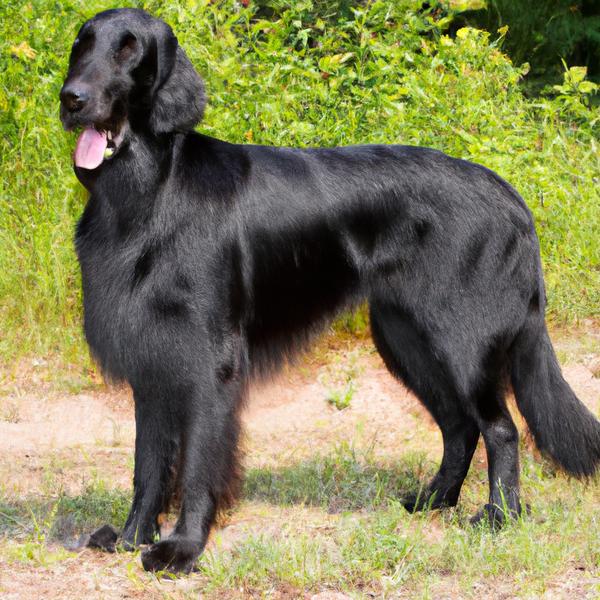
Flat-Coated Retriever
Pugland vs Flat-Coated Retriever
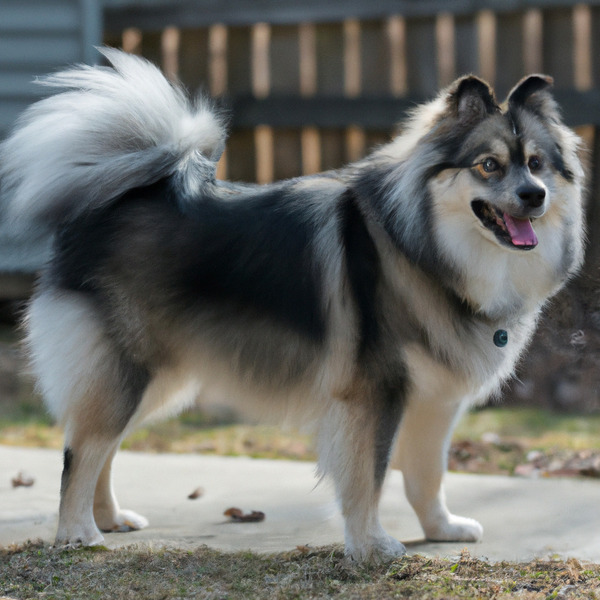
Pomsky
Pugland vs Pomsky
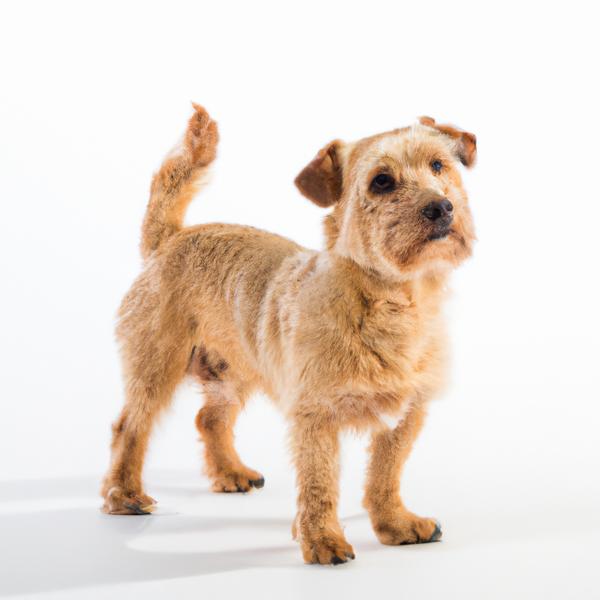
Corkie
Pugland vs Corkie
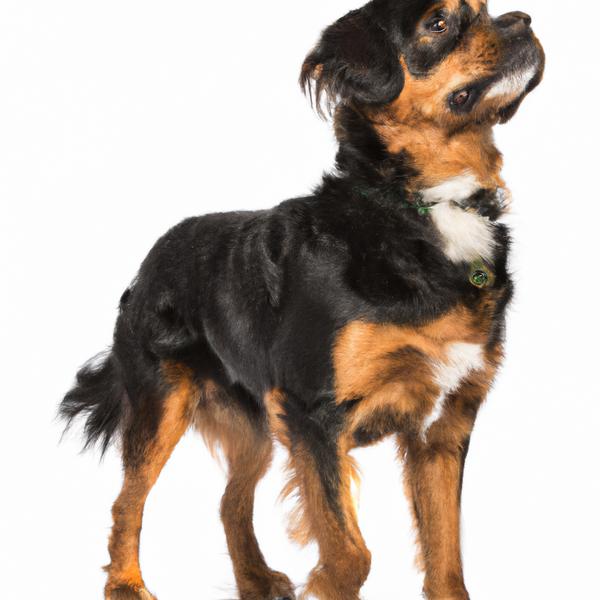
Brussalier
Pugland vs Brussalier

Border Collie Britt
Pugland vs Border Collie Britt
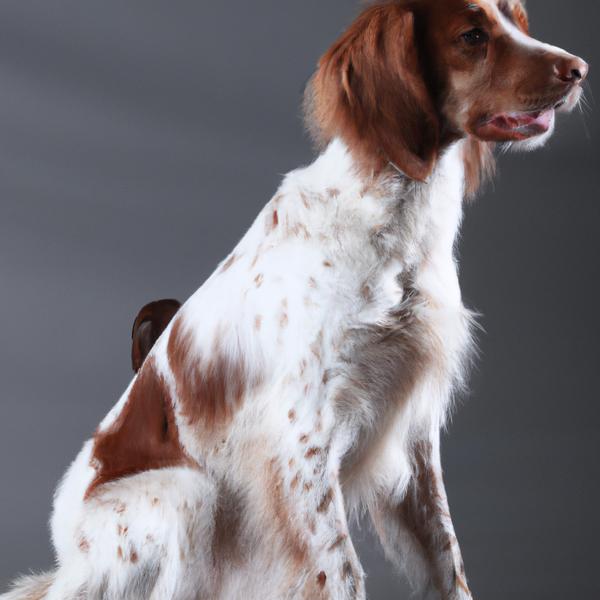
Brittany (Spaniel)
Pugland vs Brittany (Spaniel)
